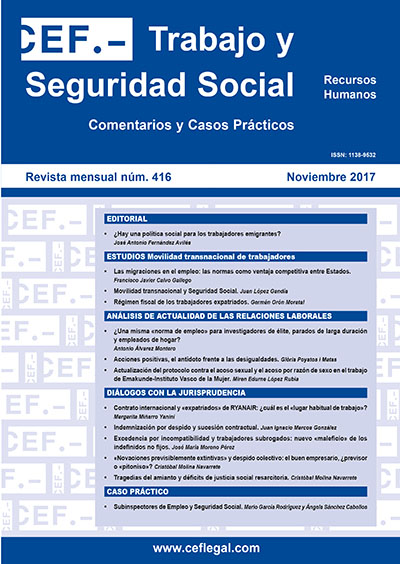Transnational mobility and Social Security. Special reference to workers’ displacements
DOI:
https://doi.org/10.51302/rtss.2017.1754Keywords:
transnational mobility, social security, territoriality, Community law, bilateral agreementsAbstract
The paper analyzes the various forms of international mobility: when the worker performs his work in another State on a temporary basis (mobility in employment or displacement) and those which are presumably carried out definitively to the State of destination (mobility for employment or emigration) in aspects that affect Social Security in its contributory modality. It discusses the regulation at the community level of the two types of mobility and its interpretative problems and applications and the multilateral or bilateral agreements for the cases in which the transnational mobility of workers goes beyond the community scope. In the transnational provision of services, a comparison is made in the regulation of labor and social security aspects, since they present important differences. And the displacement of both employed and self-employed workers is addressed. Also the risks of a use of displacements by excessive temporal durations or chained forms that disguise migratory assumptions with serious risks of social dumping through TTEs, contracts and subcontracts. With regard to protective action, a distinction is made between benefits which may be satisfied in the State of origin and those linked to the State of destination.


















